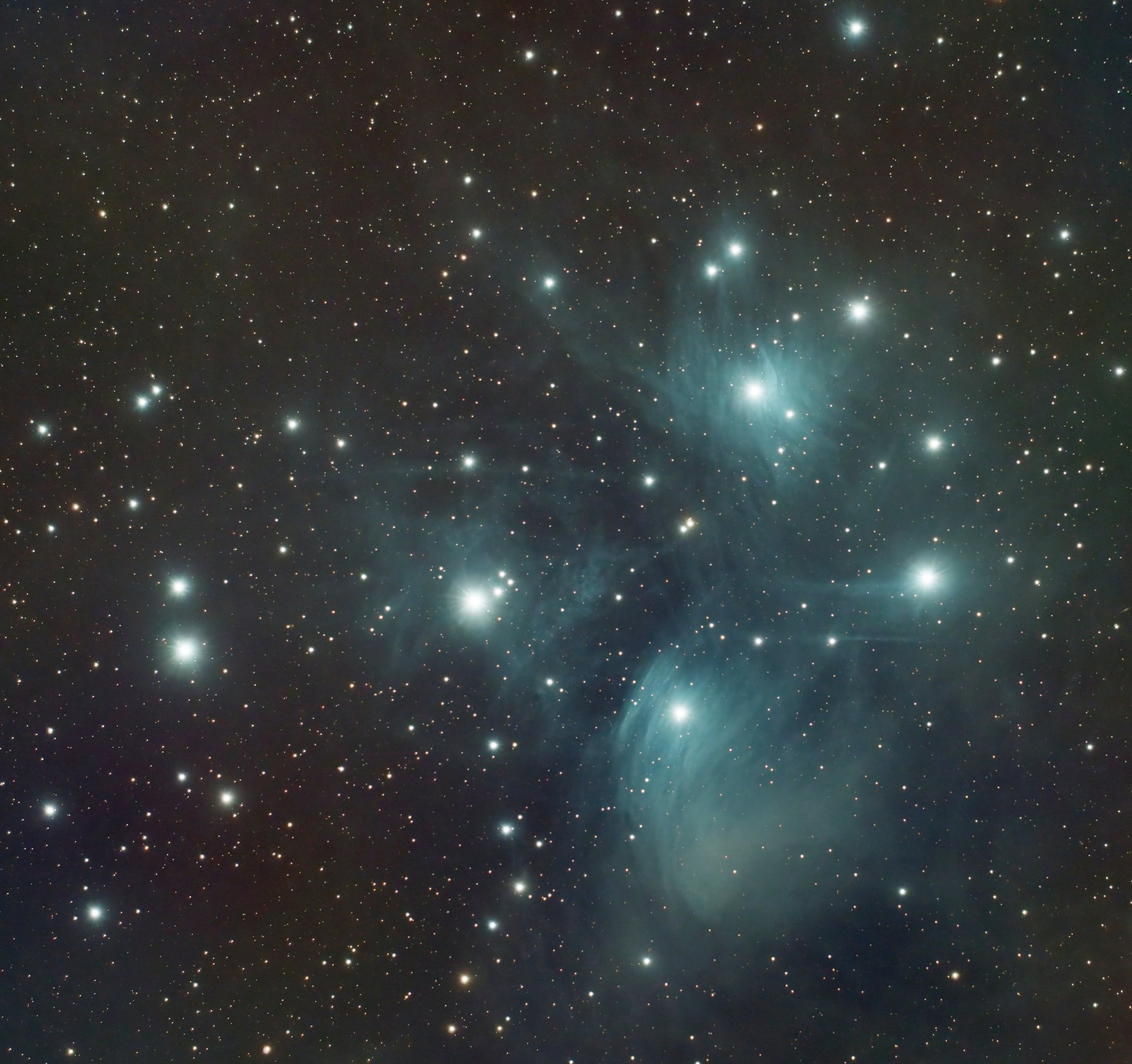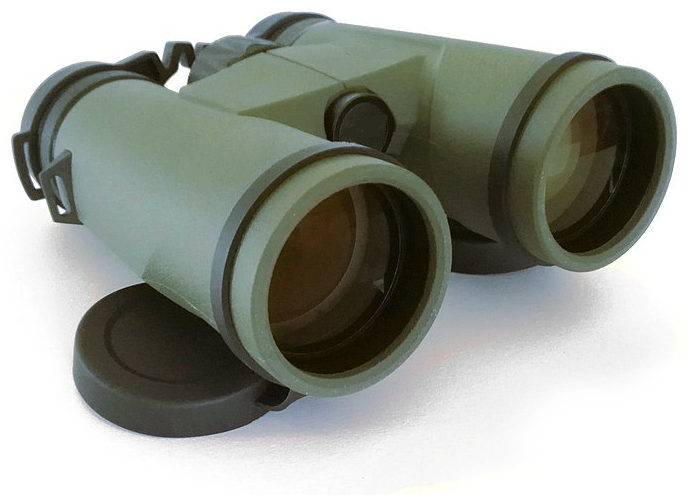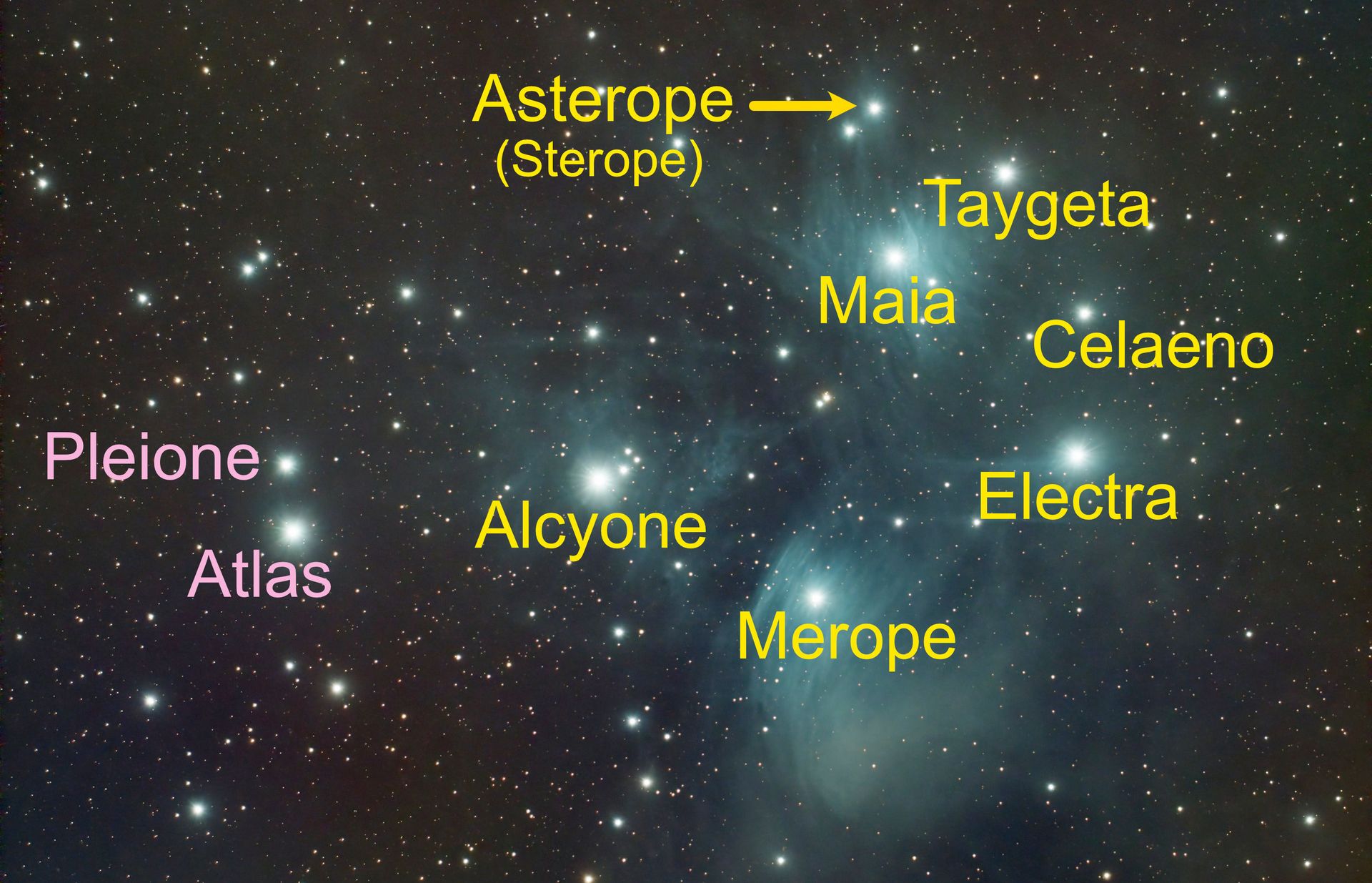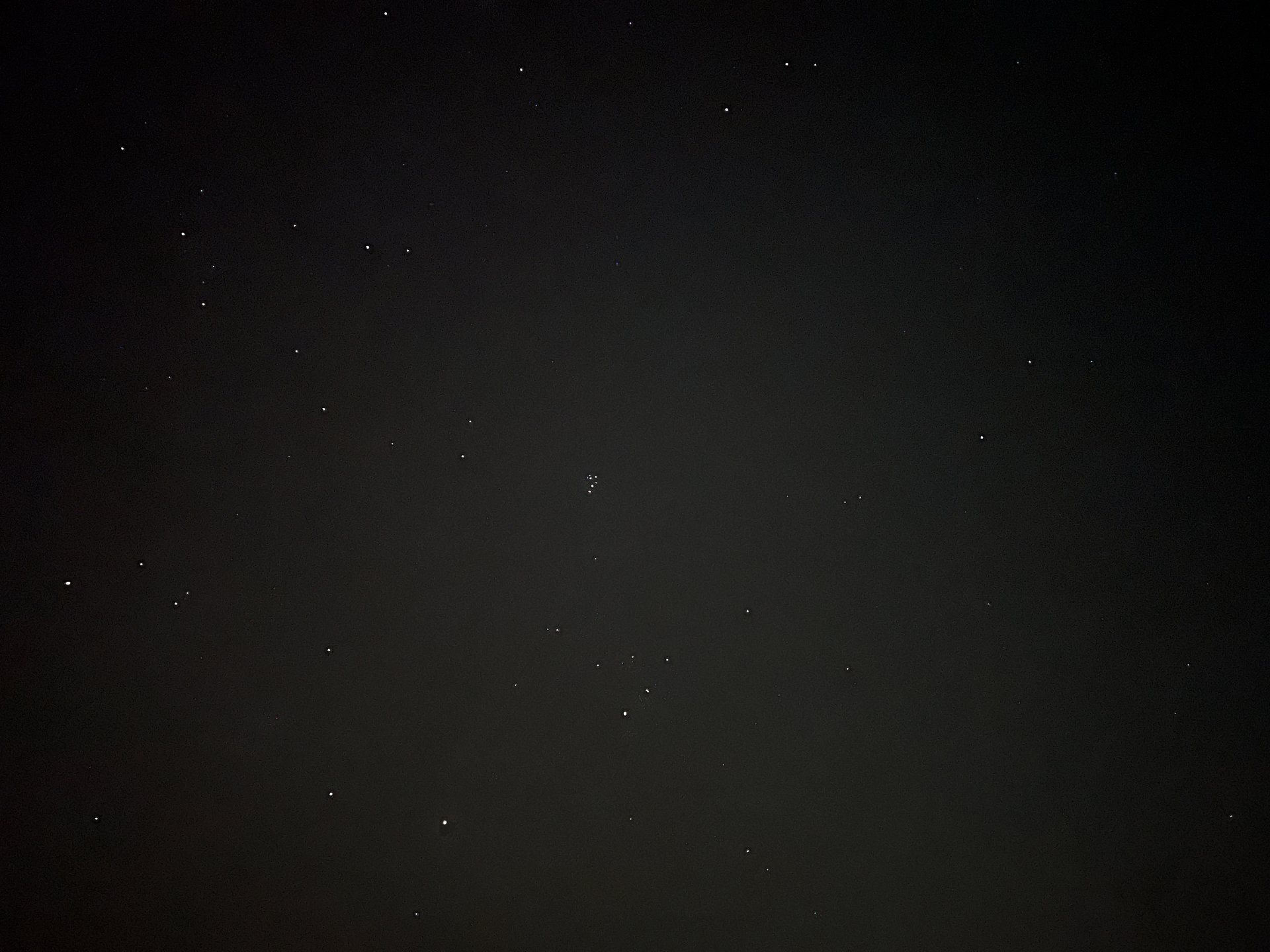Pleiades

The Pleiades or Seven Sisters is one of the very few clusters of stars that can be viewed with the naked eyes. It is very small and sorta looks like a "little dipper" BUT it is not THE Little Dipper.
BEST
viewed
with
Binoculars

The Pleiades. You can easily see the stars with your eyes but not the blue “clouds.”
SCROLL DOWN to the very bottom of this page to see a realistic photo of what the Pleiades looks like in the sky with your eyes during November/December.
Best Months to Comfortably Observe
★
1) From November to December, look due east. It gets higher in the sky as December progresses.
★
2) From February to March, look due west and it gets lower in the sky as March progresses.
★
It is very high in the sky from late December to late January, making it more awkward to observe.
Some “FUN” facts about the Pleiades
1. It is technically part of the constellation Taurus.
2. You can easily cover it with a dime held at arms length.
3. It is one of the closest clusters of stars to us.
4. All of these stars formed out of the same nebula cloud, like the Orion nebula. This cloud has since dissipated. Astronomers believe that the blue cloud surrounding the Pleiades stars is a cloud that the stars are passing through. It is difficult to see this cloud in a small telescope and it only appears as dull white smudges.


